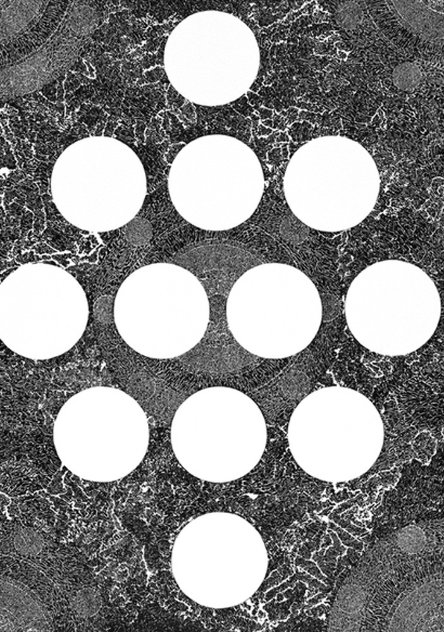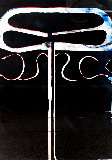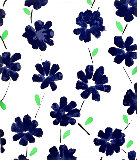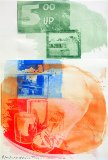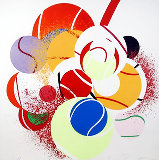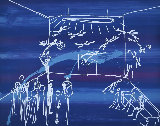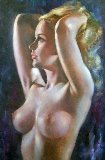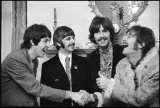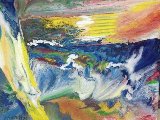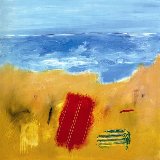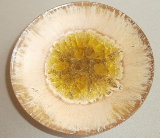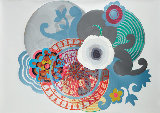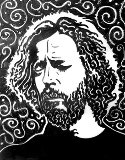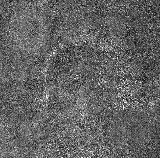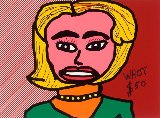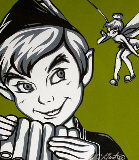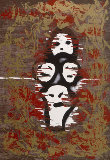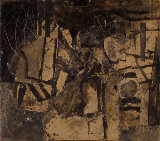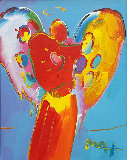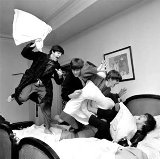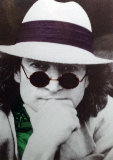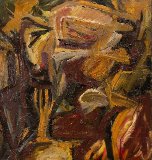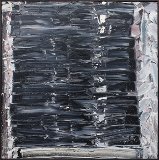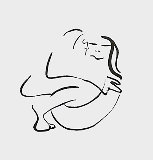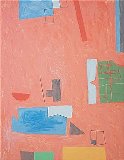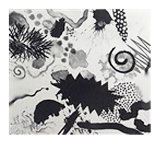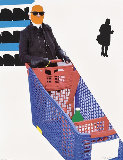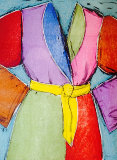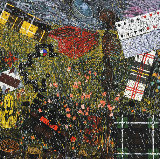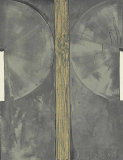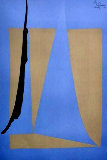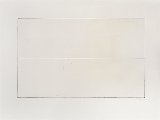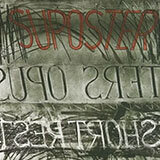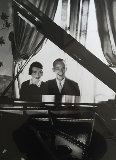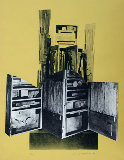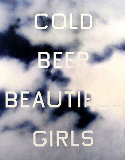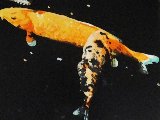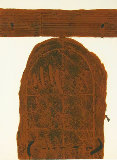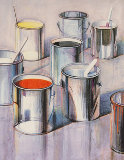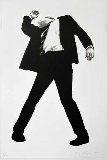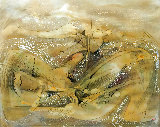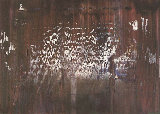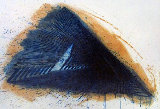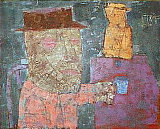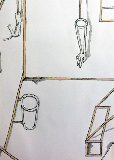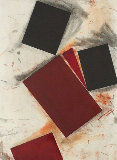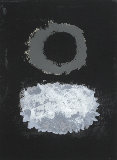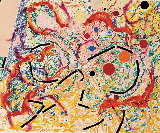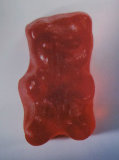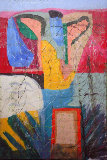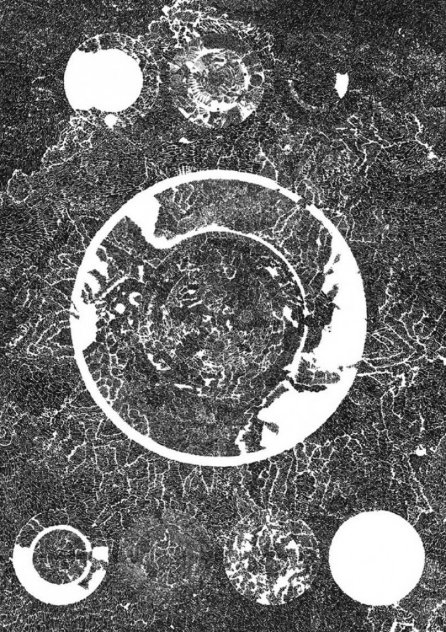




120 Mandala 1970
Bruce Conner
Limited Edition Print : Ink on Acid-Free Paper Offset Lithograph
Size : 18x14 in | 46x36 cm
Framed : 26x20 in | 66x51 cm
Edition : From the edition of 90
Reduced
- 🔥Framed Limited Edition Offset Lithograph $4,500
Year1970
Hand SignedPencil in Lower Right
Condition Excellent
Framed with Glass3 Inch Black Matte
Purchased fromArtist 1971
Provenance / HistoryAs a playful extension of his artistic talent, he was also the pastor of his own self-described church of the arts. As such, he married me in Los Angeles in my ceremonial Lakota Sioux tipi after we worked together on the 1971 Peter Fonda western film The Hired Hand - me as an actor and Bruce as a creative consultant. Our friendship and mentor/mentee relationship continued for years thereafter until his death in 2008.
Certificate of AuthenticityArt Brokerage
LID106246
Bruce Conner - United States
Art Brokerage: Bruce Conner American Artist: November 18, 1933-July 7, 2008. He was an American artist renowned for his work in assemblage, film, drawing, sculpture, painting, collage, and photography, among other disciplines. Born in McPherson, Kansas, Conner was raised in Wichita, Kansas, attended Wichita University (now Wichita State), and received his B.F.A in Art at Nebraska University in 1956. Conner then received a scholarship to the Brooklyn Museum Art School, where he studied for a semester. He then attended the University of Colorado on scholarship; also there was Jean Sandstedt, whom he had met at Nebraska and who would become his wife. On September 30, 1957, the two married and immediately flew to San Francisco. There, Conner quickly assimilated into the city's famous Beat community and founded the Rat Bastard Protective Association. Conner worked in a variety of mediums from an early age. His first solo gallery show in New York City took place in 1956 and featured paintings. His first solo shows in San Francisco, in 1958 and 1959, featured paintings, drawings, prints, collages, assemblages, and sculpture. Conner first attracted widespread attention with his moody, nylon-shrouded assemblages, complex amalgams of found objects such as women's stockings, bicycle wheels, broken dolls, fur, fringe, costume jewelry, and candles, often combined with collaged or painted surfaces. Erotically charged and tinged with echoes of both the Surrealist tradition and of San Francisco's Victorian past, these works established Conner as a leading figure within the international assemblage movement Generally, these works do not have precise meanings, but some of them suggest what Conner saw as the discarded beauty of modern America, the deforming impact of society on the individual, violence against women, and consumerism. Social commentary and dissension remained a common theme among his later works. Conner announced his retirement at the time of the 2000 BC exhibition, but in fact continued to make art until shortly before his death. However, much of this work, including in particular the many inkblot drawings he made, including a series responding to 9/11, were presented using pseudonyms or the name Anonymous. Conner also made collages from old engravings, and completed (depending on how they are counted) three or four experimental films. He also used computer-based graphics programs to translate older engraving collages into large-sized woven tapestries, and made paper-based prints in that way as well. Various other artistic projects were completed as well, including in the year of his death a large assemblage titled KING. Listings wanted.

